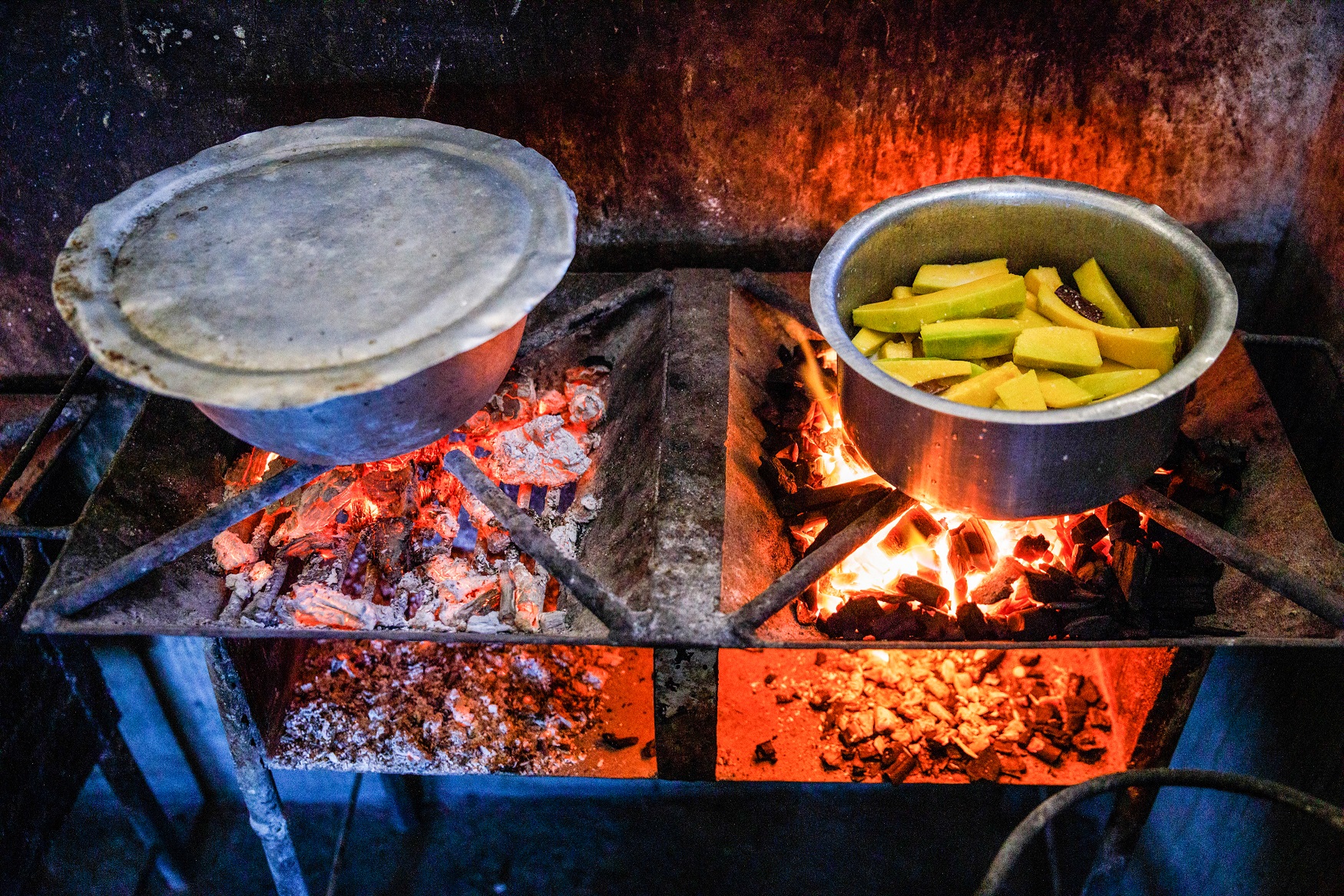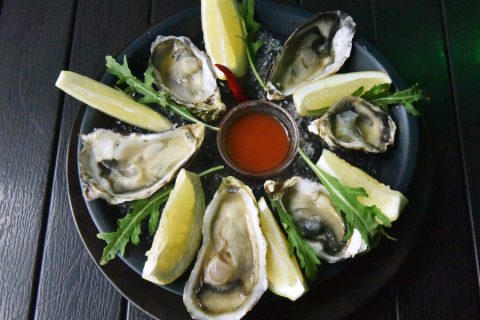The sweet flavour that lends Halloween a face

Pumpkin is a fruit of the squash plant native to Latin America. It designates several species of plants in the Cucurbitaceae family.
The easiness in the cultivation and development of the pumpkin made it spread all over the world, except Antarctica. And in this migration, it has already become, in some places where it took up residence, an integral part of traditional cuisine.
Such is the case of quibebe or traditionally prepared pumpkin puree. It becomes soft and moist. It has a delicate sweetish pumpkin touch. Or shrimp and pumpkin escondidinho, which is easy to prepare and serves both as a starter and as a main dish. The dish uses simple ingredients such as pumpkin, shrimp, curry, spinach and curd.
It is a food with few calories, but rich in several nutrients, such as vitamins, fiber, magnesium, phosphorus, calcium and iron, which make it a great ally of the body, as it helps to lose weight, and also increases health, since it provides numerous benefits, including increased immunity and fighting heart disease.
On the other hand, pumpkins are popularly carved into decorative lanterns called jack-o’-lanterns during the Halloween season. This tradition originated in Great Britain and Ireland, where turnips, beets and rutabagas were used, thus achieving a more elongated human-like face, both in shape and colour.
The practice of carving pumpkins on Halloween originated from an Irish myth about a man named “Stingy Jack”. The turnip is traditionally used in Ireland and Scotland on Halloween, but immigrants from North America used the native pumpkin, which was plentiful, making the size of the sculptures easier.
Issue 70 Nov/Dec | Download.


































0 Comments